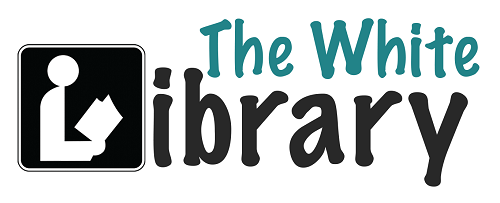
TEFL and TESOL stand for Teaching English as a Foreign Language and Teaching English as a Second Language respectively. Both terms are used to describe the process of teaching English to students whose first language is not English. TEFL certification is designed for those who wish to teach English in a non-English speaking country, while TESOL certification is designed for those who wish to teach English to speakers of other languages who reside in an English-speaking country.
TEFL:
TEFL is an acronym that stands for Teaching English as a Foreign Language. It is the process of teaching English to students whose first language is not English and is typically used in reference to teaching English in a country where it is not the primary language.
TESOL:
TESOL is an acronym that stands for Teaching English as a Second Language. It is the process of teaching English to students whose first language is not English and is typically used in reference to teaching English in a country where English is not the primary language but is widely spoken. This term often gets confused with EFL or English as a Foreign Language. TESOL does not deal with the process of learning or the teaching of English as a foreign language.
Differences between TEFL and TESOL:
The main difference between TEFL and TESOL is the context in which they are used. TEFL is typically used in reference to teaching English in a country where it is not the primary language, while TESOL is typically used in reference to teaching English in a country where English is not the primary language but is widely spoken.
Benefits of TEFL and TESOL:
But TESOL course online are also good career choices for people who want to make a career of their education and are willing to do what is necessary to get that education. In fact, education itself is good for a career. There is also the benefit of living and working in a different culture. This is the most important benefit and the one that is the most difficult to obtain.
- Giving people the opportunity to learn a new language
- Improving communication skills
- Building cross-cultural understanding
- Increasing employment opportunities
Challenges of TEFL and TESOL:
There are also some challenges associated with TEFL and TESOL. If you are looking for a school that is part of a larger university, the cost will be higher. You will have to pay for the program, as well as the university. The best way to find out what you will pay for the program is to ask the school or university directly.
- Different learning styles
- Different cultural backgrounds
- Different levels of English proficiency
Conclusion:
TEFL and TESOL are both acronyms that refer to the process of teaching English to students whose first language is not English. The main difference between the two is the context in which they are used.
